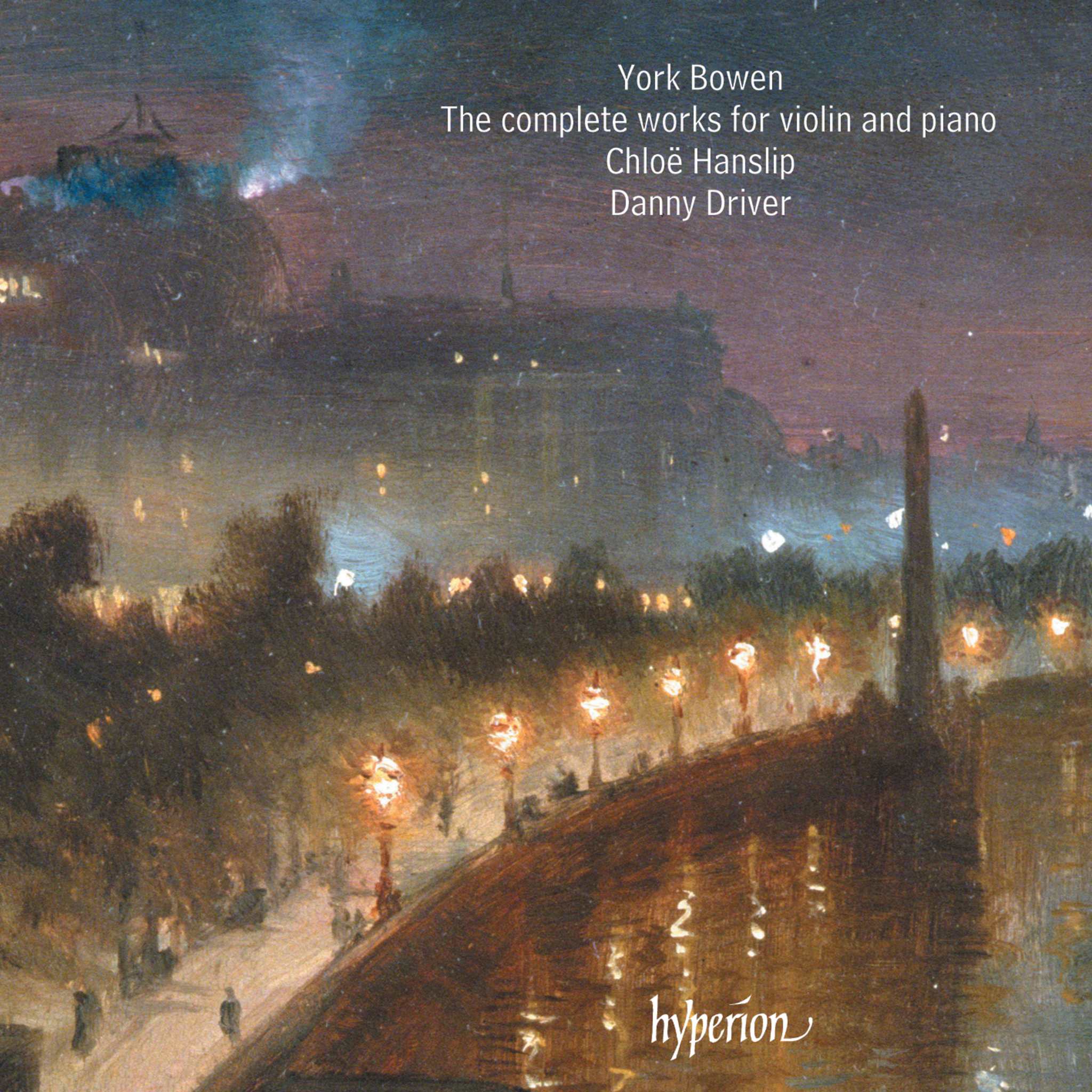Album insights
Francesco Xaverio Geminiani, born on December 5, 1687 in Lucca, received his initial musical training from his father and later studied under Corelli in Rome. After returning to Lucca to take over his father's position as a violinist, he was dismissed in 1710 due to frequent absences. Transitioning to a career as a concert soloist and composer suited his temperament better. He settled in London in 1714 and spent most of his life there, with occasional trips to Holland, Paris, and Dublin. Geminiani found initial success in London, performing in affluent homes before venturing more publicly.
His music career flourished in London, where he accomplished much despite facing challenges in organizing performances. Geminiani's first published work, a series of sonatas for violin and continuo dedicated to Baron Kielmansegge, led to a royal performance accompanied by Handel. Both composers revisited earlier works, occasionally integrating ideas for new compositions. Geminiani's meticulous revisions to his works under Opus number, notable in his 1739 reworking of Op. 1, demonstrated his evolution in style and ornamentation preferences over time.
During Geminiani's era, Corelli's Concerti Grossi, Op. 6, dominated England's orchestral scene. Geminiani, influenced by Corelli yet distinctive in his composition style, elevated the musical world's expectations regarding Corelli's legacy. Adapting Corelli's sonatas into Concerti Grossi, Geminiani added a second violin part and introduced novel orchestral arrangements. The addition of a viola to the solo group, a trademark move by Geminiani seen in multiple works, enriched the ensemble's tonal depth and complexity.
Geminiani's dedication to the Academy of Ancient Musick in his Op. 7 showcased his gratitude for their support, showing a departure from typical financial motivations for dedications. His concertos, in line with Corelli's structure but enhanced with entwined movements and transitional adagios, reflect an attempt to create seamless musical narratives. While historical critics like Burney and Hawkins expressed reservations about Geminiani's inventiveness, modern listeners can appreciate his elegant melodies, varied modulations, and delicate compositions, acknowledging the unique artistry he brought to the violin repertoire.








